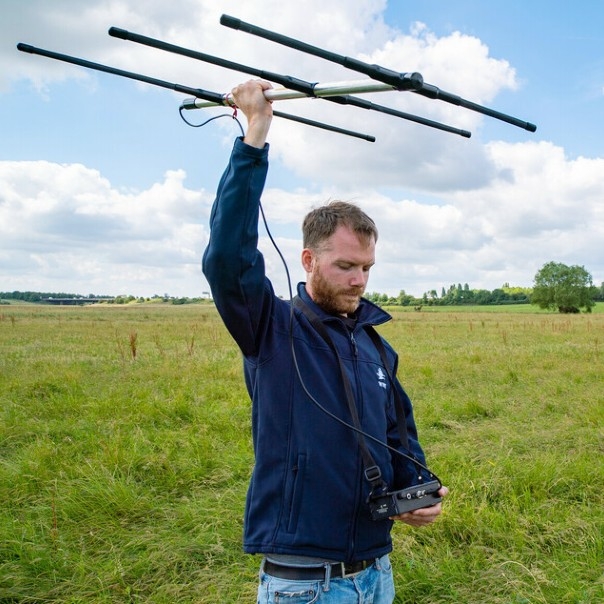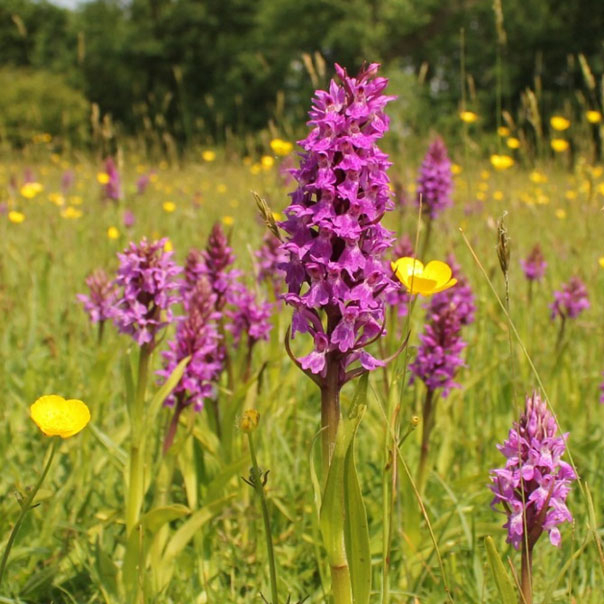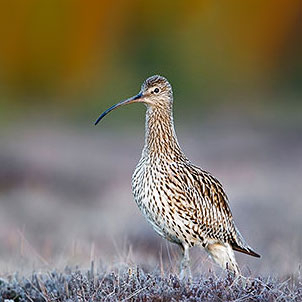Tracking curlew
in the Severn & Avon Vale
Tracking paused during breeding season.
Whilst the birds are at their breeding sites, we have temporarily suspended updates from their tags to the tracking page. When migration commences, we’ll reactivate the tracking map below and introduce you to any new birds.
Meet the birds
Kinsey – White 02
Attempted to breed with his partner three times at Fleet Lane in Worcestershire in 2023. However sadly all attempts failed due to flooding and predation.
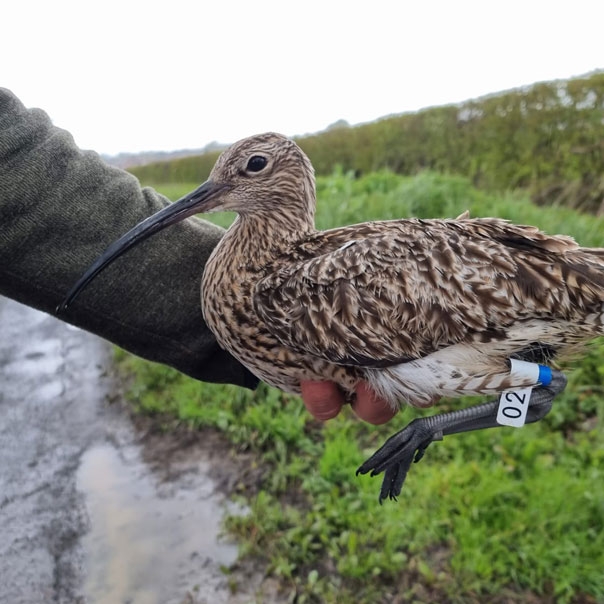
Curly Kale - White 03
Attempted to breed on Upham Meadow in Worcestershire in 2023, Sadly her clutch of 4 eggs was predated by a Jackdaw. She did not attempt to nest again.
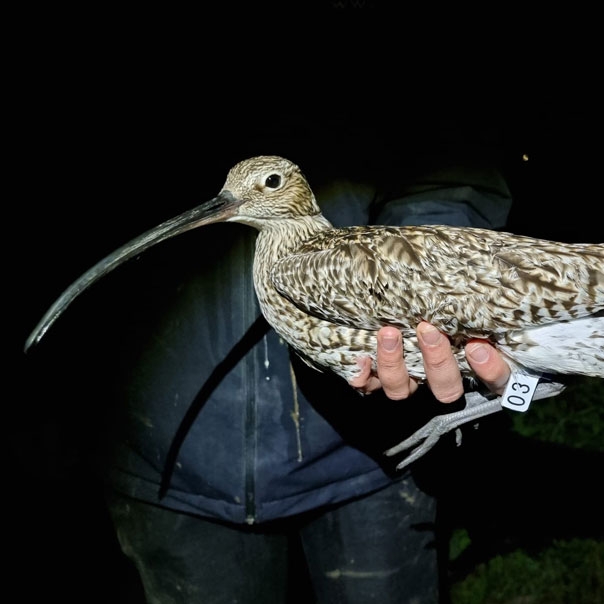
Clara - White 05
Attempted to breed at Asham Meadow Worcestershire with her partner Gregory Peck (see below), however on both occasions the nesting attempts sadly failed.
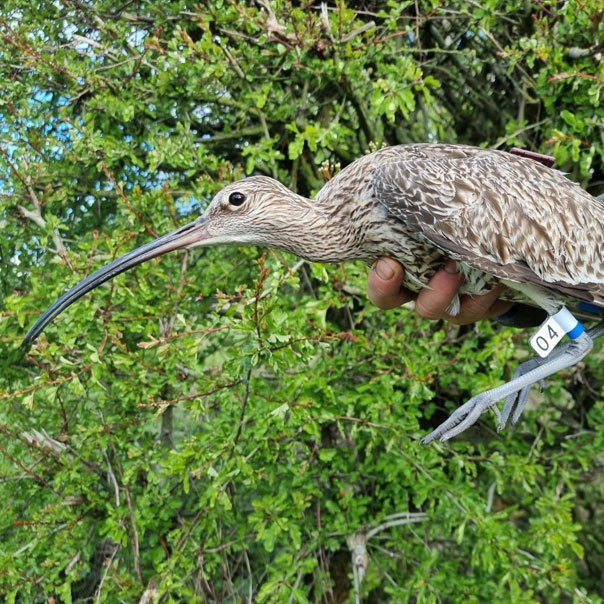
Gregory Peck - White 04
Attempted to breed at Asham Meadow, Worcestershire with his partner Clara (see above) however on both occasions the nesting attempts sadly failed.
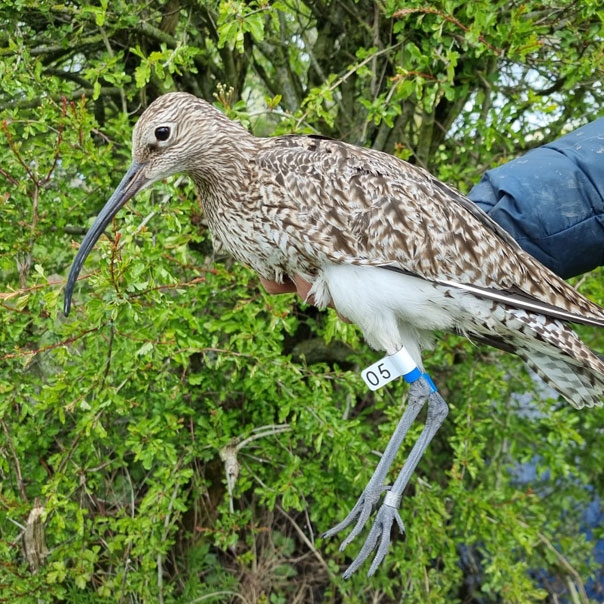
David - White 08
Named after Curlew enthusiast and singer/song writer David Gray, white “08” attempted to breed at Lower Lode. Despite seeing the nesting attempt almost through to the end of incubation, the pair sadly abandoned their nest.
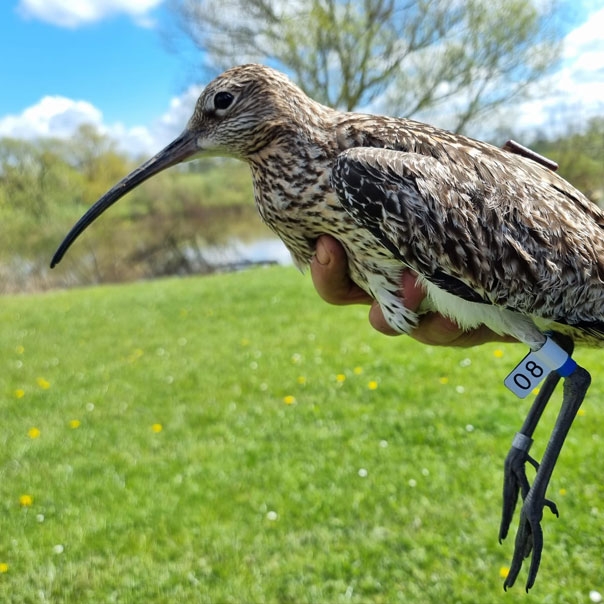
Tibb - Yellow L5
Held a territory on Upham Meadow in Worcestershire but did not attempt to breed this year. It is probable that he never found a mate. Better luck next year Tibb!
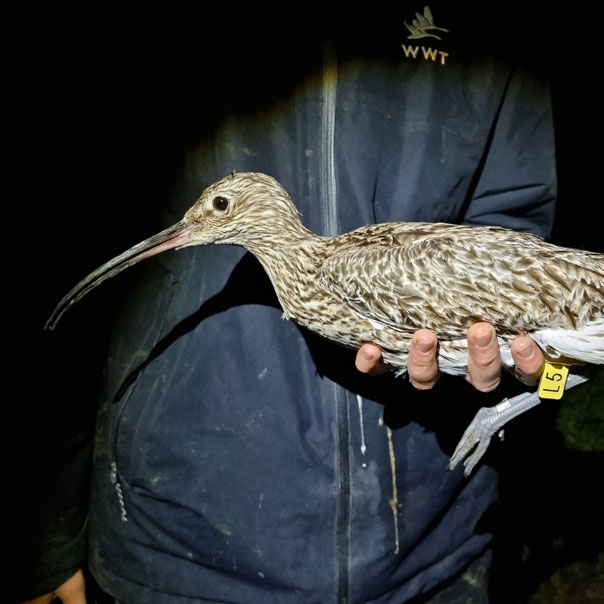
Seen a colour-marked curlew?
We’re always keen to receive sightings of colour-marked curlew. Please send any observations complete with ring information, date and location to curlew@wwt.org.uk – all sightings will be acknowledged with a full life history of each bird.
About the project
The Severn and Avon Vale is home to 35 breeding pairs of curlew, but worryingly this is one of the largest lowland breeding populations.
Once a common site in the Vale, numbers of curlew have plummeted in recent years with around 65% being lost nationally since 1970. They are now the most urgent bird conservation priority in the UK.
To help them, we’ve been locating nests and installing fencing to deter predators. We’ve also been working with farmers to further protect the nests and young birds on their land; by delaying the hay cut, farmers are giving the precious chicks time to fledge. By tackling multiple threats to the birds, we can together help to reverse the decline of this beautiful and iconic species.
You can find out more about the project on the curlew recovery project page.
This project has been made possible through the Government's Green Recovery Challenge Fund and The Wildlife Habitat Charitable Trust.

